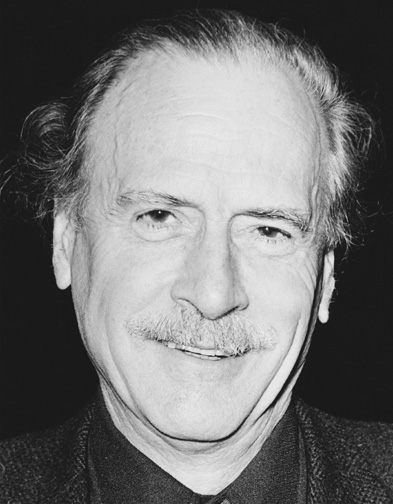Today is the centenary of Marshall McLuhan’s birth. He’s one of those thinkers who is so famous that everyone thinks they know what he stood for, but I guess that most people, if pressed, can only quote (or misquote) one of his aphorisms — “the medium is the message”, and the phrase “the global village”.
McLuhan lived — and wrote — in an age dominated by broadcast television, but, oddly enough, his thinking seems much more relevant to our current networked media environment.
There’s an awful lot of stuff about him on the Web (and in libraries), but IMHO the best and most insightful commentary is by Tom Wolfe in this terrific 22-minute video.
If you do nothing else today, make a cup of coffee and watch it.
Among its many merits is the insightful way Wolfe dissects the two biggest influences on McLuhan’s thought: the work of Harold Innis; and the ideas he drew from the French mystic Teilhard de Chardin, the guy who coined the term “noosphere”. And if you’re puzzled by what all this has to do with the Net, can I remind you of Eric Raymond’s fascinating essay, “Homesteading the Noosphere”?
Woolfe clarifies one of the great mysteries of McLuhan’s writings: why was he so punctilious in crediting Innis as a source of inspiration, while at the same time being entirely reticent in acknowledging the influence of de Chardin on his thinking? The answer, it seems, lies in the fact that McLuhan was a devout Catholic who taught in a Catholic university; and despite the fact that de Chardin was a Jesuit priest, his belief in evolution meant he was persona non grata with the Vatican; and because he was seen by the secular world as a mystic, he was persona non grata in academia. In this case it looks as though McLuhan took the path of least resistance.
My Observer column on Sunday will also be devoted to McLuhan.

